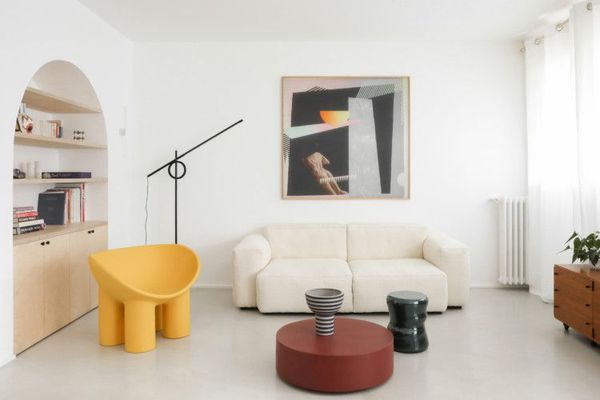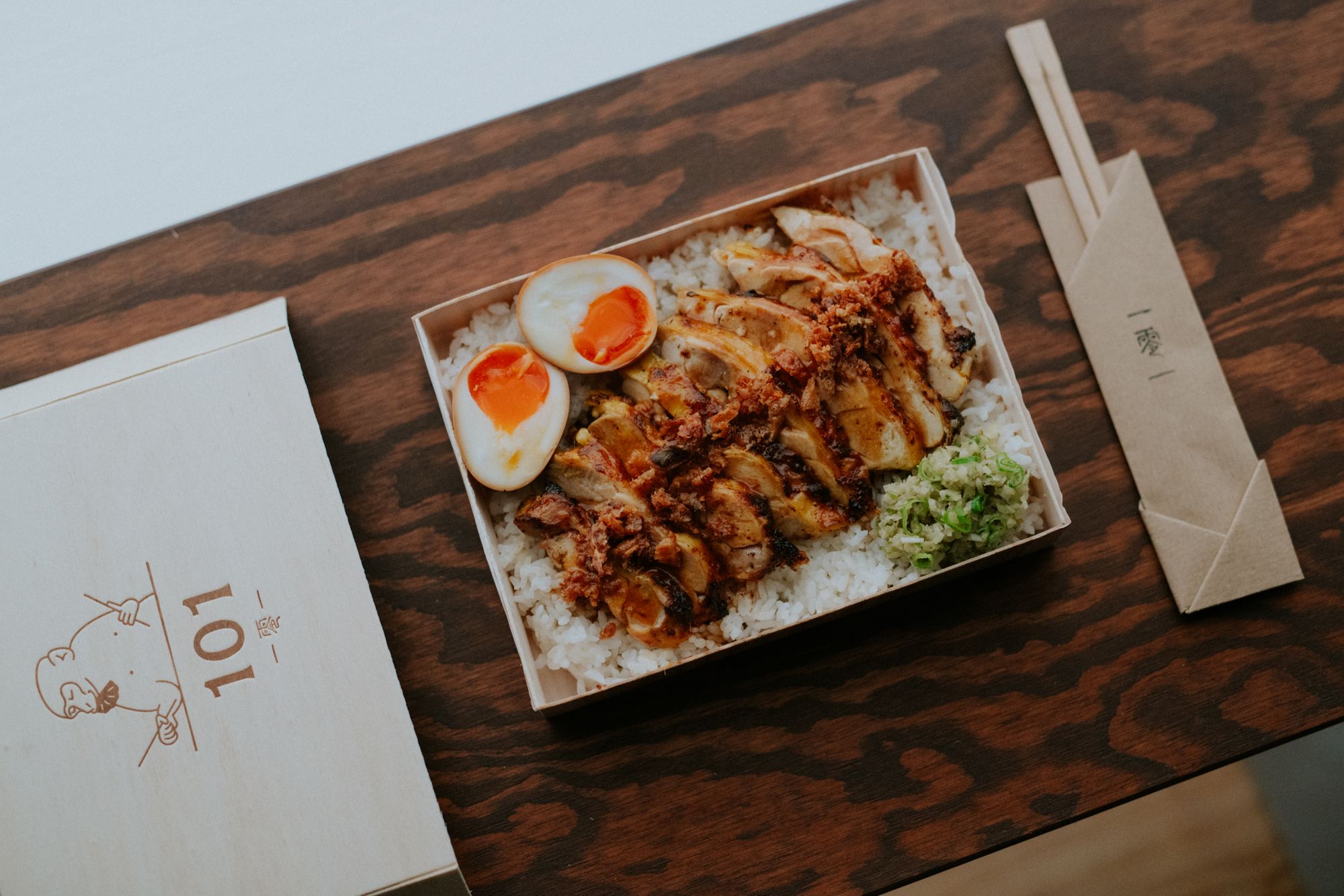Taiwan has moved to Moszkva tér—101Bistro is a place where a lot of things come together. East and West, Asia and Europe and the three founders who decided to show the thousand faces of Taiwanese gastronomy to the Hungarian audience. The team recently opened their restaurant with a concept adjusted to the current epidemic—meet 101Express!
Written by Bianka Geiger
Széll Kálmán tér and its neighborhood has been going through a major change lately, from the perspective of both urbanism and gastronomy. Pingrumba replaced the former Ping restaurant that had reigned for a long time in the area, an authentic sushi place awaits the fans of the East, and hamburger fans will also get their share when Bamba Marha’s new unit will open soon. On top of it all, observant citizens could already see small monkeys popping up in one of the shops right across the terminal of tram line 4-6.
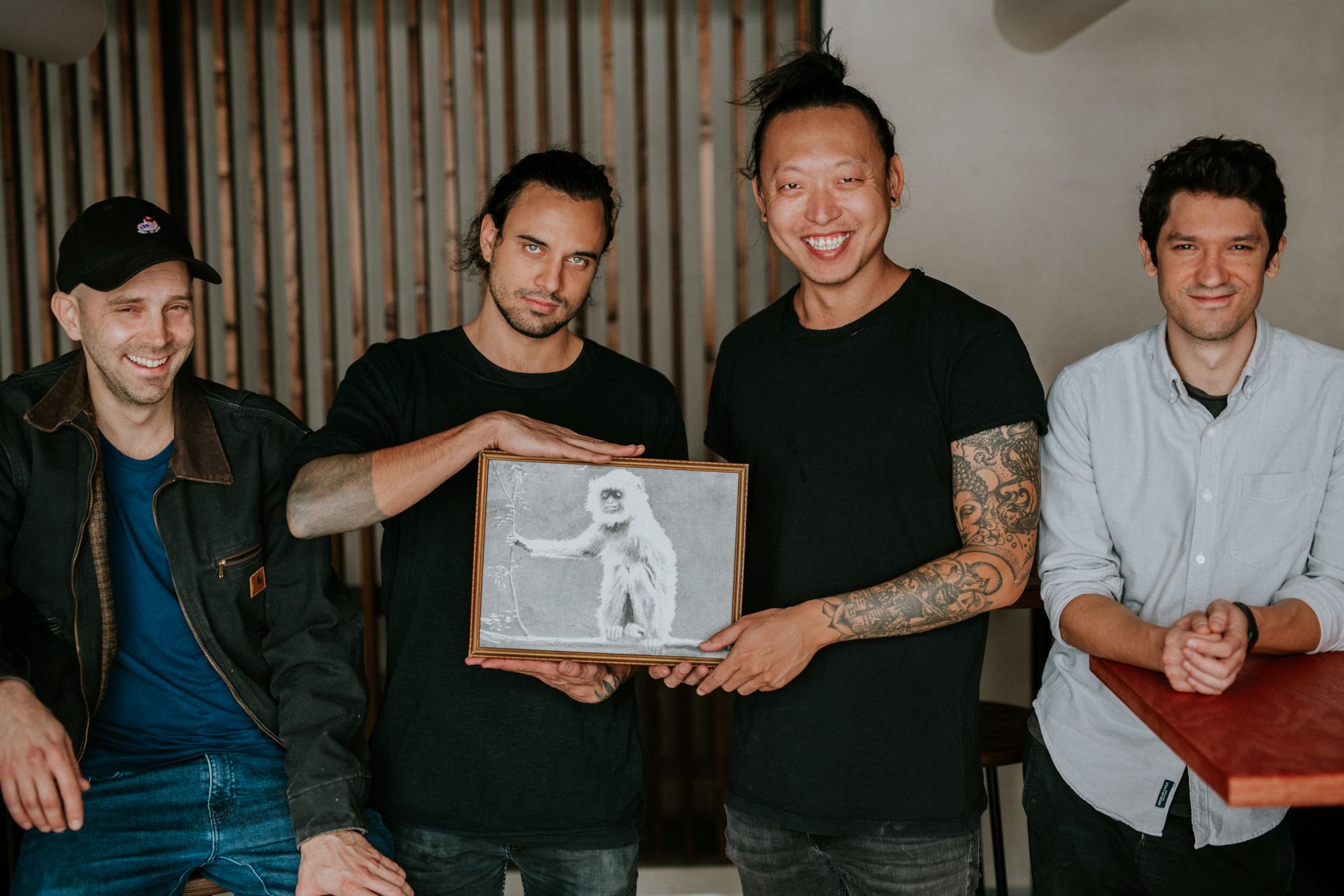
The story of 101Bistro is one with many unexpected turns. The founders, Máté Muha, Boyin Lu and Márton Keve were brought together again by fate: they used to be friends in their teenage years but lost touch over the years and only picked up the thread last year by chance. Marci Keve was saying goodbye to Konyha and was looking for new challenges in addition to the Etesd a dokit! project, while Boyin was looking for a head chef for his bistro who understands the diverse world of Taiwanese cuisine after several years spent in Shanghai. The country has an immensely eclectic gastronomy—it is a combination of Japanese sophistication and Chinese flavors and cooking methods, with touches of American and Portuguese cuisine. Clean, elegant, experimental but by no means loud, as Taiwan gives home to more wealthier layers of society—living there is considered chic to this day.
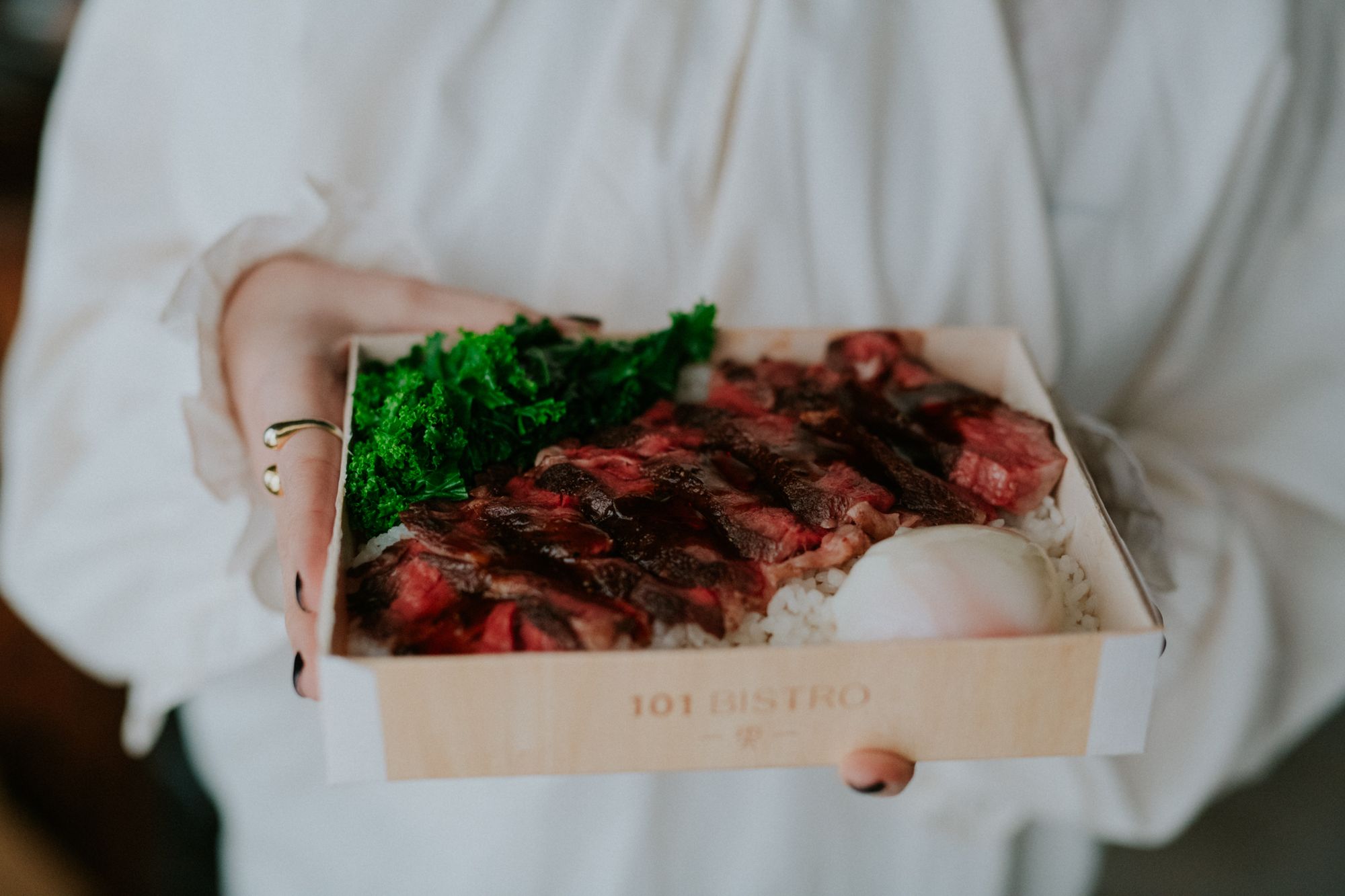
Marci worked in a similar scene in London, and he has also been to Japan, which made him a perfect candidate for the position of head chef. The team took on the boldest opening scenario possible, as the plans for the summer were completely rewritten by the second wave of the epidemic. Even so they chose to keep going—the soft opening took place in mid-November. Their original menu featured exciting, community-building dishes including hot pot (a form of eating together, where there is soup stock simmering on the table in which the guests cook the various ingredients themselves – the Ed.) or various dim sums (small snacks originating from Canton, such as dumplings and rolls – the Ed.), but for obvious reasons these are incompatible with home delivery. This is where creativity and familiarity with the region came into the picture: they created a new opening menu with dishes that are easy to deliver, qualify as a complete meal and that are simple yet diverse with infinitely exciting details. Their inspirations also included donburi, this Japanese rice-bowl dish coming with some kind of marinated meat, tofu or greens, but 101’s team prefers sushi rice cooked for a longer time, resulting in a more crunchy and grain-like texture. The box also evokes traditional bento boxes—paper bentos are a popular lunch alternative in Taiwanese train stations where passengers can purchase their meals from vending machines.

The little monkeys appearing in the logo were designed by Áron Filkey: the goal was to portray curiosity and the new beginning—the number 101, which carries a symbolic meaning to Taiwanese people, is another allusion to this. Striving for sustainability and harmony was of key importance in the course of designing both the boxes and the meals. The secret experimental lab is located next to the kitchen, where they use up all bones, gristles or vegetable stalks to make sure that as little ingredients go to waste as possible—when I was there, they were fermenting inedibly stalks of stringy kale, for instance. They source everything they can from local producers, this is what gives the Hungarian accent—instead of fermented mustard, there is Hungarian pickled cabbage in the soup, which is a nice addition to the dish in terms of both flavor and texture. Speaking of dishes, 101Bistro offers light and healthy meals, as they come with a rice base, with marinated and fried toppings and fermented vegetables on the side. The latter may be familiar from Korean cuisine: banchan means small, complementary bites served with the main course—it is very similar to the way we, Hungarians, serve pickles. The bistro offers two kinds of soups, niu ro mian and mo gu tang—the former is a meaty course, while the latter is a dish dominated by mushrooms.
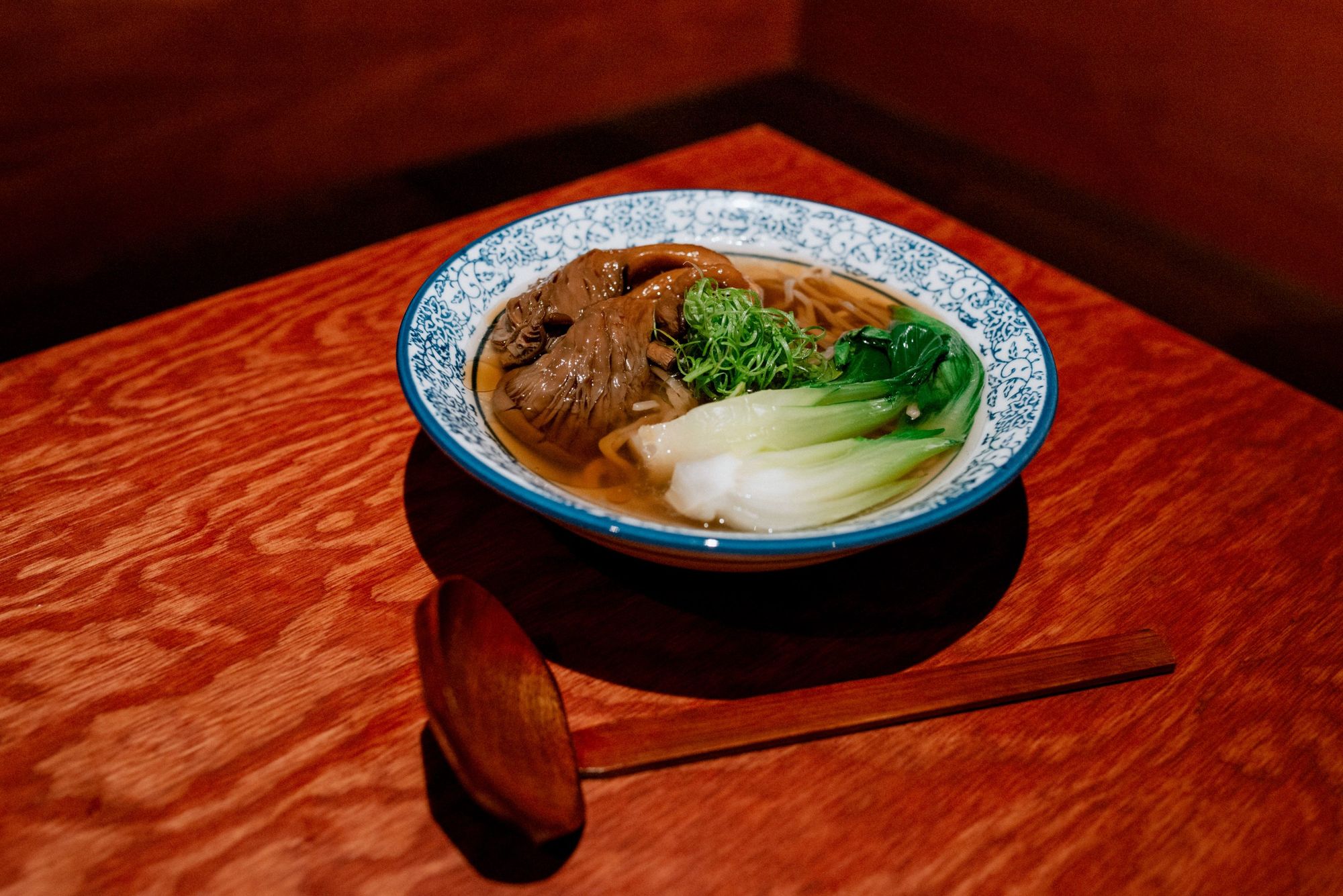
Marci’s goal was not to show all facets of Taiwanese gastronomy in the restaurant—this is, perhaps, not possible at all—he simply wanted to experiment, play, teach and open a few new doors to guests. Thus he added a few twists to the traditional recipes and to keep the end result from being too cacophonic, he often left out a few ingredients, too. What remained, however, creates perfect harmony: the broth of niu ro mian is so full-bodied as if it had chocolate in it, it is somewhat spicy but not too much, the braised beef cheek is soft like butter, while the alkaline ramen noodles prepared by Enso (the izakaya pub of Benjámin Tenner, who also runs Konyhakör – the Ed.) keep their crunchy texture just like they should. The team has exciting plans for the future, too: if the epidemic allows, they would like to bring to life the diversity of the dining bar—offering quick lunches upstairs, and actual culinary ceremonies downstairs, with cocktail specialties using fermented ingredients and with Róbert Erdősi on board.
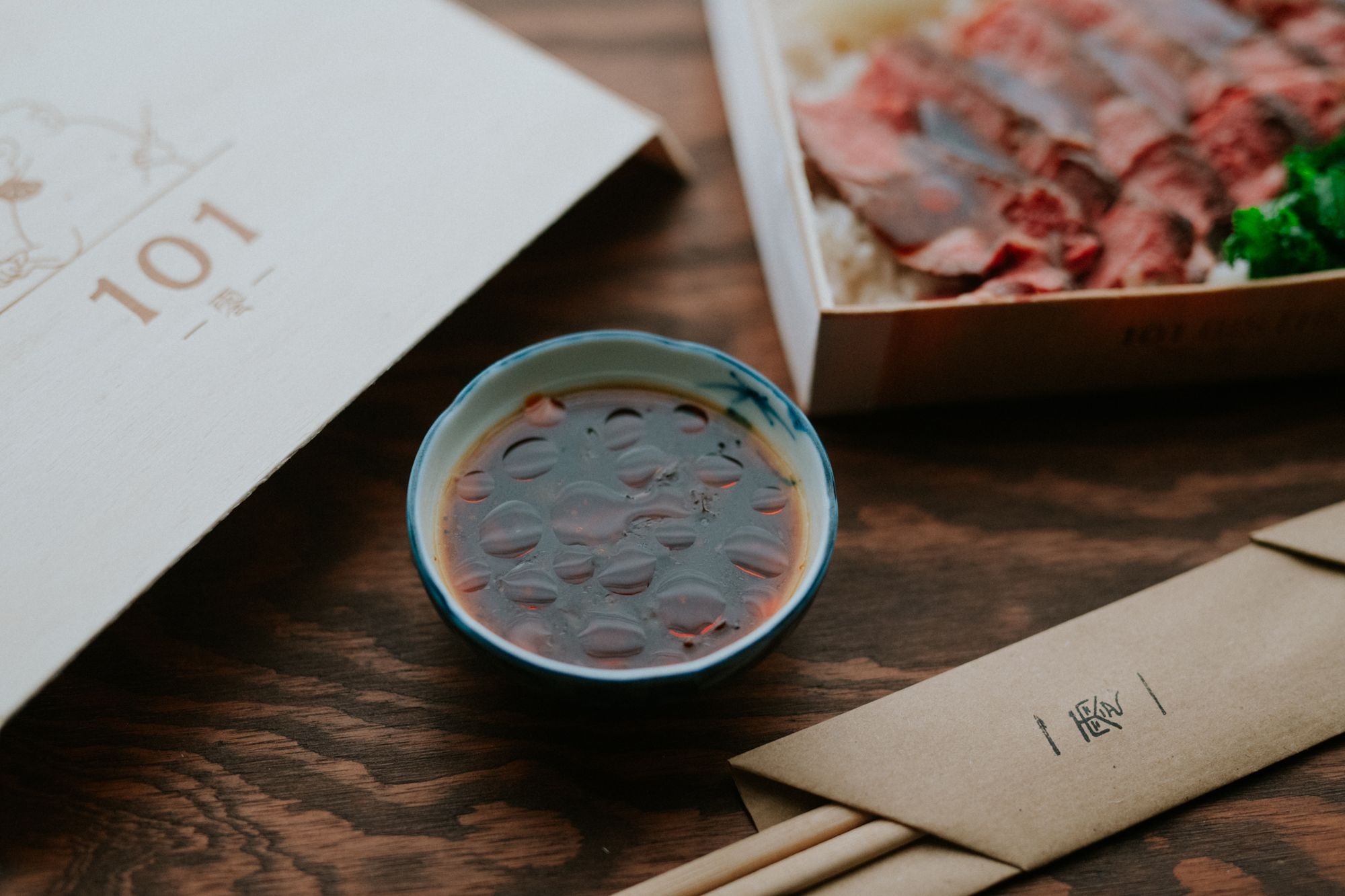
Photography: Dániel Karczag
101Bistro | Web | Facebook | Instagram

Life in the clouds | A modernist house in California

The 2020 Beazley Designs of the Year are Announced
